Q: What is the cause of left sided hydronephrosis?
show answer
A: Pelviureteric junction (PUJ) obstruction.
Q: In the above study, what additional protocol would have helped in knowing whether it is complete or partial obstruction?
show answer
A: Administration of furosemide (0.5-1mg/kg) during the study, may provoke excretion of contrast through left ureter in partial obstruction. However, complete obstruction would not have any passage of contrast even after provocation.
Q: In the above case, if calyces were dilated with normal pelvis, what would have been possible diagnosis?
show answer
A: Congenital megacalycosis.
Q: What would be possible causes of a ballooned renal pelvis with essentially normal calyceal system?
show answer
A: Extrarenal pelvis is a common variant.
Q: When found incidentally in an adult what are some of the underlying aetiologies which should be considered?
show answer
A: Congenital PUJ obstruction often remains asymptomatic, and as such is a likely diagnosis even in adults. Aberrant vessels, kinks or a band (e.g. retroperitoneal fibrosis) may cause extrinsic PUJ anomaly. Tumours or even infection (e.g. TB) at the PUJ can also cause localized obstruction.
Q: If while performing a plain film IVP a linear filling defect is seen at the pelviureteric junction what is the most likely cause? What simple technique can confirm this?
show answer
A: Extrinsic vascular compression is common, with or without renal pelvis prominence. Sometimes a prone film helps as the extrinsic compression is relieved.
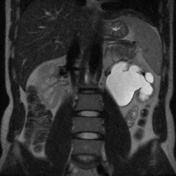

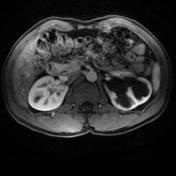

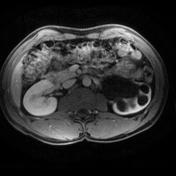

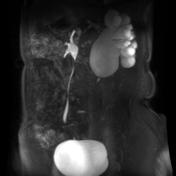

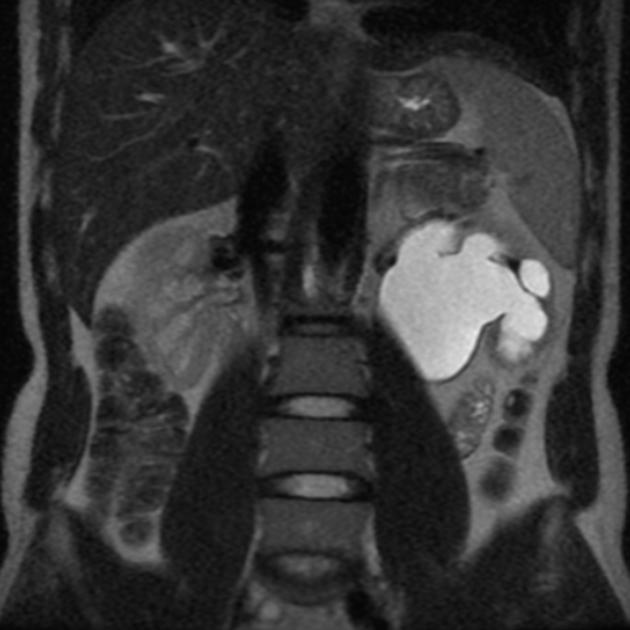




 Unable to process the form. Check for errors and try again.
Unable to process the form. Check for errors and try again.